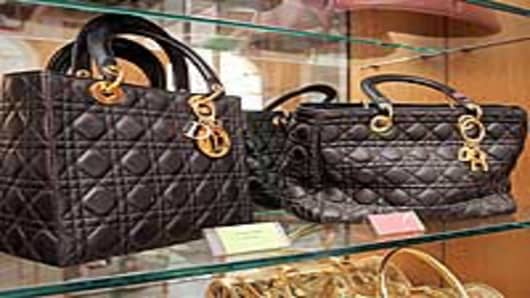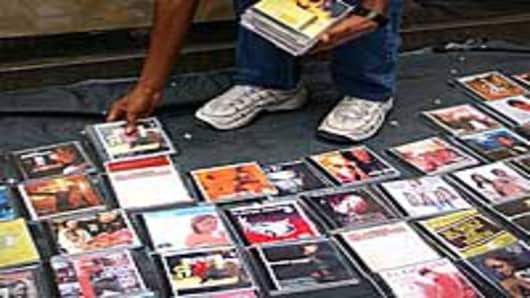Counterfeit goods may have a reputation for poor design, unsafe parts and toxic elements, but consumers don’t seem to mind.
No country has been associated with dangerous knockoffs more often than China. According to US Customs & Border Protection data, more than 75 percent of counterfeit goods seized between 2004 and 2009 were manufactured there. Apparently, people love a bargain, and they don’t mind taking a risk to get one.
Despite the risks, it’s easy to see why counterfeit goods are appealing. The customer gets what looks like a Louis Vuitton handbag for $50 instead of $2500, and if anything shady happened on its way from the factory to the hawker’s table, the buyer usually doesn’t know about it. This allows most people to assume that counterfeiting is a victimless crime. The truth, however, is a different story.
Illegal Products and Illegal Labor
A counterfeit product is often created in a sweatshop, in violation of child labor laws, anti-sweatshop laws and basic human rights. Dana Thomas, described the conditions she witnessed in sweatshops in her 2007 book Deluxe: How Luxury Lost Its Luster.
"I remember walking into an assembly plant in Thailand a couple of years ago and seeing six or seven little children, all under 10 years old, sitting on the floor assembling counterfeit leather handbags. The owners had broken the children's legs and tied the lower leg to the thigh so the bones wouldn't mend. [They] did it because the children said they wanted to go outside and play. "




